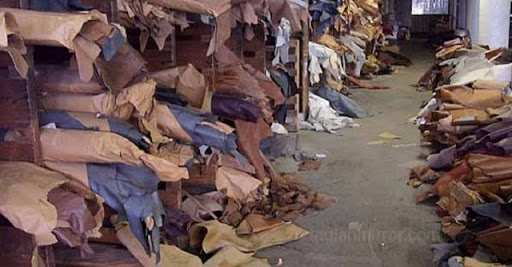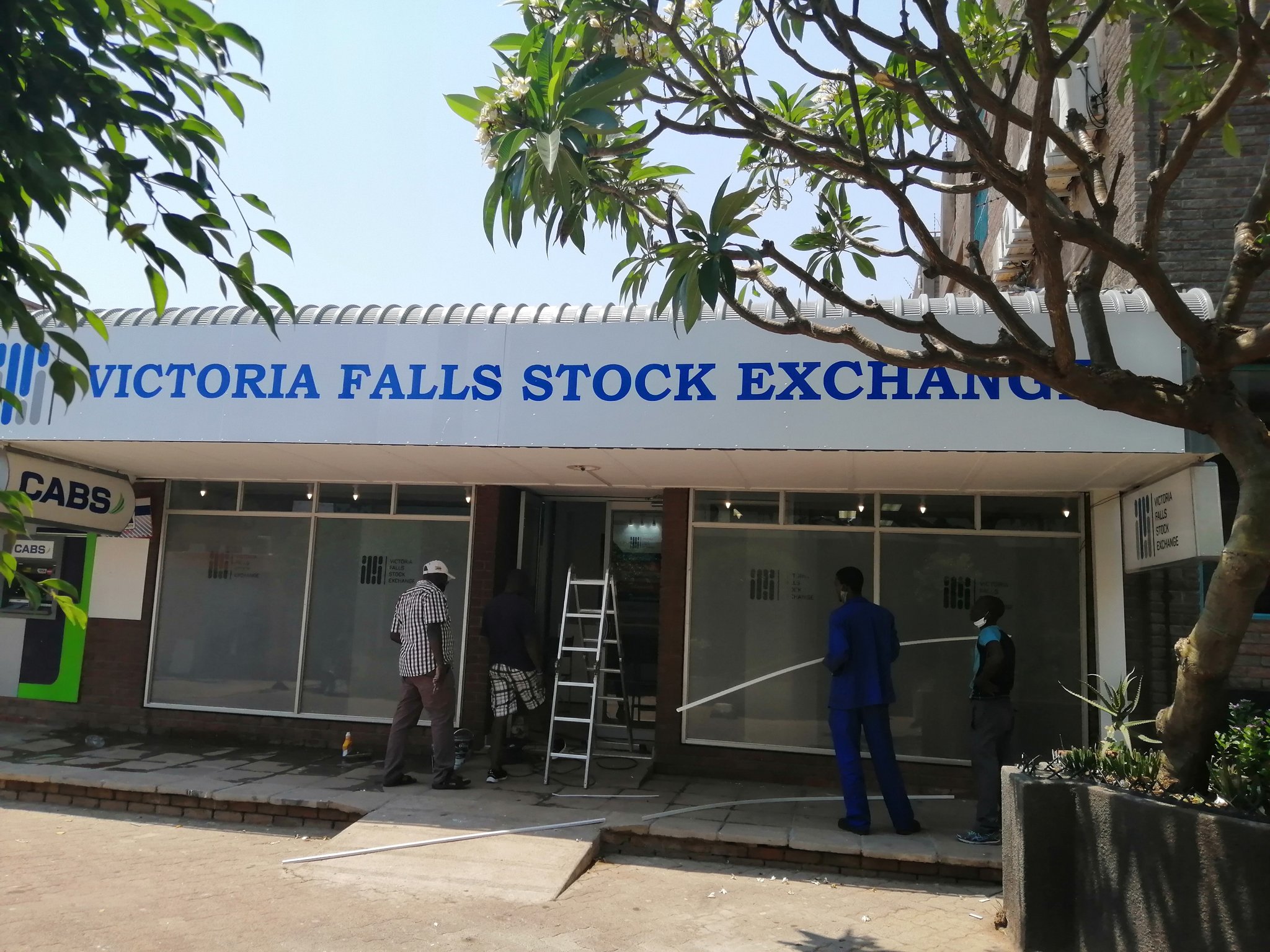A paradox that is the ZSE rally
Ask anyone why the Zimbabwe Stock Exchange (ZSE) has been bullish for the past two years and mostly in the last month or so, and you are likely to get a dozen answers.
Some will say it is based on company specific fundamentals and have numbers to back it up. Most, if not all, listed companies in the construction sector have either reported record breaking sales volumes or are struggling to meet demand.
Talk of Willdale, Masimba, Lafarge, PPC, Turnall and they all have a positive story to tell.
In the fast moving consumer goods, companies such as Dairibord and National Foods are seeing better days with volumes growing in double digits above 30 percent. Even consumer discretionary goods retailers such as Axia are recording double digit volumes growth.
Such fundamentals are obviously rewarded on the market. However, there is risk that investors could overpay. In the investment analysis world, there is what they call intrinsic value.
This is the true price of a company using valuation methods such as Discounted Cash Flows among others. But sometimes the market pays a premium. There is a strong chance that the ZSE as a whole is trading at a premium. Indeed, there could be companies still undervalued and others overvalued, but as a whole the ZSE seem overvalued.
At the close of trading on Wednesday, the ZSE was valued at $1,4 trillion. At the official exchange rate, that puts its US dollar valuation at US$15 billion. Using an extreme parallel market exchange rate of $200 (the actual range of rates is below 180) you get a market capitalisation of US$7 billion.
In all its previous better days, in particular the dollarisation era, the ZSE has never reached such heights. Memory recalls July 2013 when it touched US$6,6 billion. Now the question is, are company specific fundamentals, historical or projected worth these loft heights?
Probably not.
The next question would be; so what is driving the market’s rally? Some could say the ZSE is one of the few viable, easy to get into for investors. But it has always been the case for years. In fact, at the moment, the real estate sector is giving the ZSE a run for its money.
Earlier in this article I highlighted how the construction sector (read property) is doing. A number of players in the real estate sector are on record saying properties are flying off the shelves. So there is competition for the equities market.
The foreign currency market, official or parallel, is competing and is attractive as a hedge or for some capital gains. The surge in the parallel market rates seen two or so weeks ago was a result of increased demand for hard currency.
Though interest rates are unattractive and below inflation, the central bank has a couple of instruments mopping up liquidity from the market. So given the above, it looks like there are a couple of investment alternatives for the local dollar.
Which brings us to the original question. What’s driving the ZSE’s bull run?
What the examples above have probably proven is that there is too much money around.
There is plenty going into stocks, approximately $35 billion since the beginning of the year. There is also plenty going into real estate, and a lot more into forex.
So is liquidity fuelling the stock market rally?
If the listed entities were performing and reporting excellent results, of which some are, you would expect demand for stocks to increase. But demand can only be effective if investors have the cash or liquidity. Without liquidity, that demand would not be effective.
So demand for stocks takes place when accompanied by liquidity. Investors have the monies to spend and hence share prices go up. Share prices do not go up only because of the demand and supply gap (high demand vs limited supply of stocks).
At US$7 billion, the ZSE is increasingly looking like a bubble. The bubble will, however, burst only if the central bank tightens liquidity. If the RBZ is able to reduce liquidity in the market, less money will chase stocks and price correction will take place and the bubble will burst.
As at October 8, 2021, reserve money stood at $28,05 billion up from $24,84 billion in June this year. As at end of August 2021, Broad Money Supply stood at $329,2 billion. Over the year to August 2021, broad money grew by 125,24 percent, compared to 642,1 percent over the same period last year.
This growth resulted from increases in net claims on Government of 226,09 percent and credit to private sector, by 221,25 percent. The local currency component of deposits in broad money registered an annual growth of 227,02 percent, while currency in circulation increased by 112,53 percent.
RBZ can burst the bubble
One of the tools at the disposal of the central bank to deal with liquidity is the bank rate (the interest rate banks pay for central bank accommodation).
If the bank rate goes up, the spiralling effect will reduce liquidity in the market. Banks will also increase their lending rates, effectively reducing the number of individuals and institutions taking out loans.
But if interest rates remain below inflation, individuals, corporates and financial institutions, will all have money. A good amount will be invested into equity.
The current stock market rally will not stop until the central bank reduces non-productive liquidity from the economy. The local currency too will struggle to find stability until the central bank get to grips with liquidity.-eBusiness Weekly











